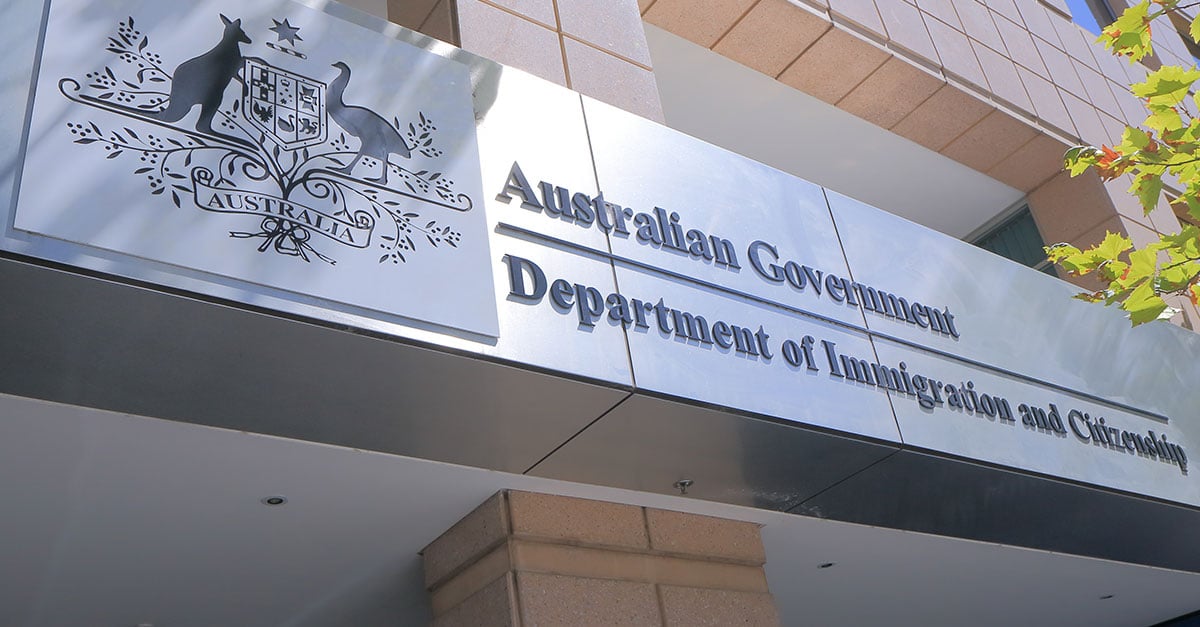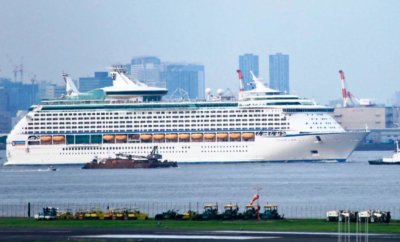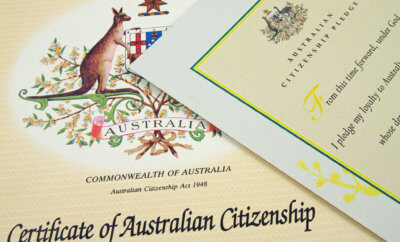Immigration
Australia Sees Highest Net Overseas Migration Since 2009

Australia Department of Immigration
Photo: Bigstock
The net migration rate in Australia went up 27 per cent in a year, recent statistics reveal.
Australia is the new hub for skilled migrants, a comparative analysis of government figures shows. With 245,500 people entering the country over the 12-month period until June 30 this year, migration is seen as the key factor driving the population growth of 388,100 during the period. With more than 27 per cent increase in a year, this was the highest net overseas migration since 2009.
With the increase in total population, the number of Australian residents saw a rise of 1.6 percent as compared to 2015-16, government figures released on Dec. 14 show. This is more than the global increase of 1.1 per cent, the U.S. increase of 0.7 per cent and Canada’s 0.9 per cent.
With 24.6 million people, Australia comes 53rd in the United Nations global population rankings.
The inflow to New South Wales and Victoria beat records, with 98,600 and 86,000 migrants, respectively, coming to the states.
“A strong labor market is attracting interstate and overseas migrants to Melbourne, while better housing affordability and jobs growth is driving population growth in Queensland and Tasmania,” Ryan Felsman, a senior economist at CommSec, was quoted as saying by Reuters. “Overall the stronger rate of population growth is boosting spending, demand for infrastructure, demand for homes, and overall economic growth.”
China, India, United Kingdom and New Zealand are the leading countries where the migrants come from. Indians are the second largest group of migrants living in Australia since 2011, totaling to 1,63,000, following people of Chinese origin, according to the Australian Bureau of Statistics.
The influx of migrants has resulted in the growth of the economy at 2.8 per cent in the year to September, without it the economic growth was projected at 1.3 per cent. The wage growth, however, seems restrained at the annual pace of 2 per cent while the demand for labor has been high. The Australian Bureau of Statistics on Dec. 14 released figures that showed 383,000 net new jobs were created in the year to November.
Policymakers at Australia’s central bank have been astounded by the divergence between employment and wages, and using it as an argument against a rise in interest rates anytime soon.
The influx of migrants is going to be an election issue, with political parties such as the Australian Conservatives and Sustainable Australia campaigning to slash the numbers.




You must be logged in to post a comment Login